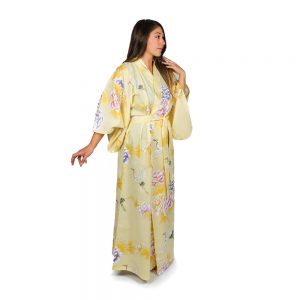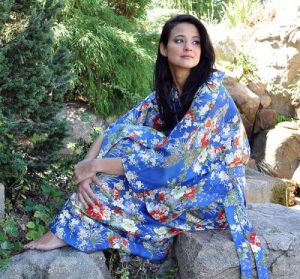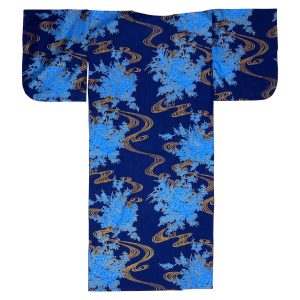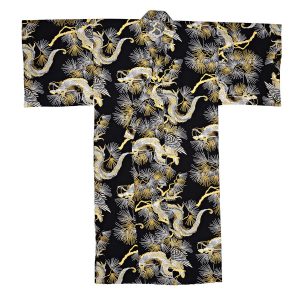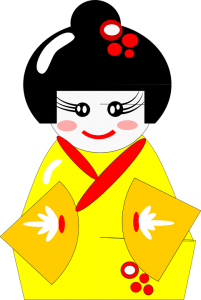Kimonos are one of Japan’s most famous cultural creations, recognizable worldwide for their mix of elegance, history, and artistic detail. However, there’s far more to these gorgeous garments than meets the eye. Here are five interesting facts about Japanese kimonos that you might not know but are sure to surprise and delight.
1. Every Kimono is Unique
Today, modern kimonos are often made with a variety of machines, but the more traditional ones are still crafted by hand. This means that every kimono is unique, featuring one-of-a-kind patterns and designs. It is believed that historically, each kimono would tell a particular story or signify an important occasion. This uniqueness was a way to communicate this information in a visually striking way. This further fueled the kimono as not just clothing but a piece of heritage and cultural importance.
2. Kimonos are Designed for Specific Seasons
The traditional Japanese belief is that each season has its own set of colors. As such, a kimono’s design will reflect this. Summer kimonos, for example, will display brighter colors, lighter fabrics, and floral designs. Meanwhile, winter kimonos might feature darker tones, heavier materials, and more symbolic patterns. The kimono wearer would then not only look like a piece of art but also acquire the benefits of thermal regulation from the specific fabric and designs according to seasonal needs.
3. Unique Weddings Kimonos
In Japan, weddings are incredibly significant events, with weddings occurring in local shrines or elaborate hotel banquets. The bride and groom typically wear matching kimonos made from silk. Although the bride’s kimono is usually white, the groom’s kimono is not always the same. However, it is just as divine of a design with intricate designs such as a character of the family clan. The best part about the traditional Japanese wedding is that it features minimal color. This allows the bride’s natural beauty to shine forth, unmasked by flashy designs or accessories.
4. Kimonos Are Not Just for Women
Historically, Kimonos were worn by both men and women. In the past, samurai warriors would wear their kimonos with armor. Every social rank would have a specific kimono design. Even today, modern versions of kimonos, called montsuki kimonos, are worn by men during formal events and ceremonies. These kimonos are typically less flowery, featuring just the family crest or a more subtle pattern. But they still have the same quality and artisanship that all kimonos display.
5. Traditional Kimono Textile Art Form
One rarely known secret about Kimonos is that it is a full-blown art form. The handmade kimono is a result of many intricate processes, out of which the most significant is the textile craft form. The textiles blocks, such as Yuzen, are traditionally handcrafted and hand-dyed using materials like silk and vegetable-based dyes. It is a delicate process, taking multiple weeks to land a masterpiece. Hence, many kimono textile artists still hold prestigious positions in Japan, honoring the years of dedication and the multi-generational legacy that goes with it.
Kimonos are truly is one of the most beautiful and culturally significant pieces of clothing in the world. Despite being around for centuries, new generations continue to admire their beauty and understand their importance to Japan’s cultural heritage. If you ever get a chance to visit Japan, don’t miss the chance to see kimonos up close and learn more about this renowned cultural treasure.
Check out www.chopa.com for a great selection of Japanese Kimonos, and Yukatas. Their online Kimono Shop offers a wide range of sizes including Petite, Regular, Tall, Plus Size, and Big and Tall, Choose from over 100 styles, colors and patterns. Their warehouse ships from the USA, so no worries about lengthy international delivery windows or customs. Chopa takes care of everything for you. One stop online shopping for quality kimonos from your home or office on your time.



